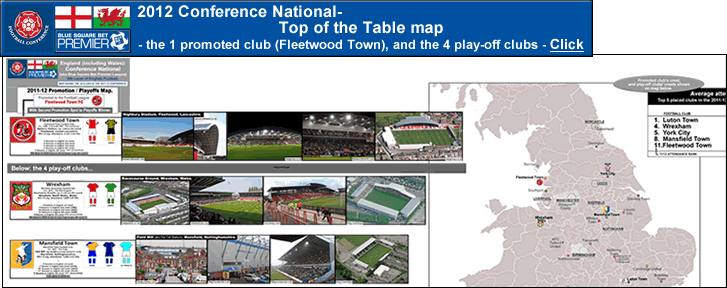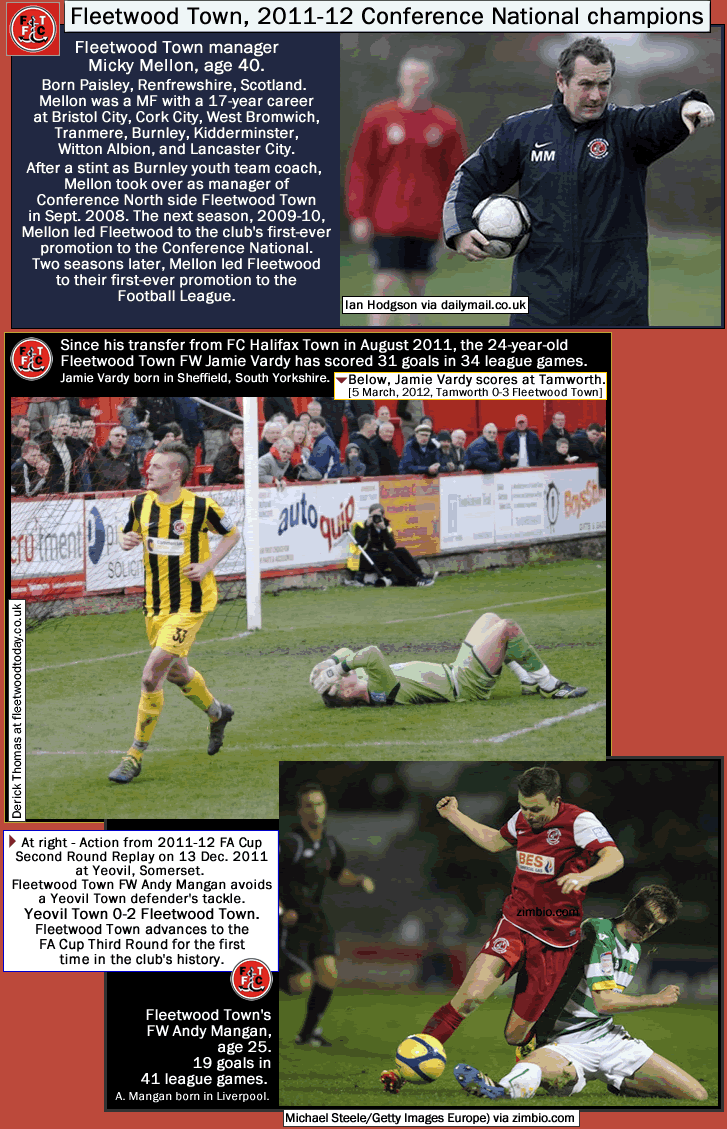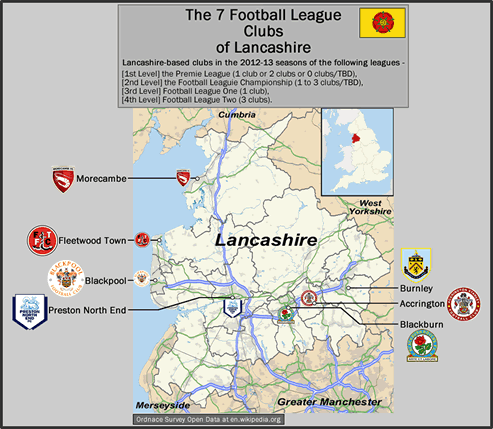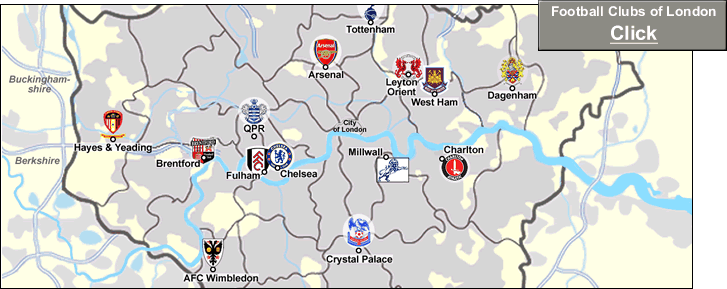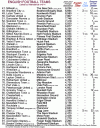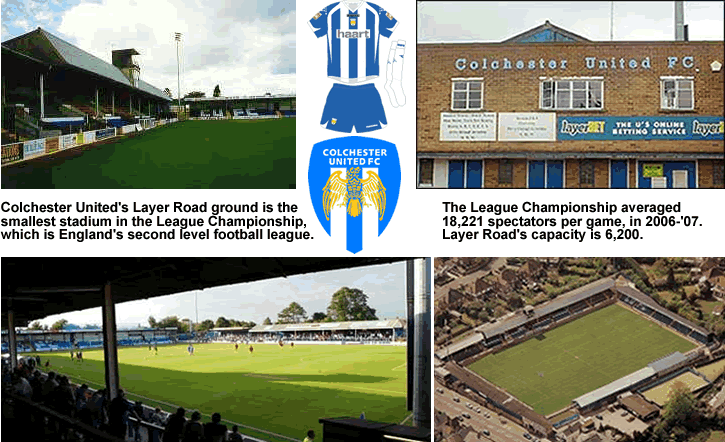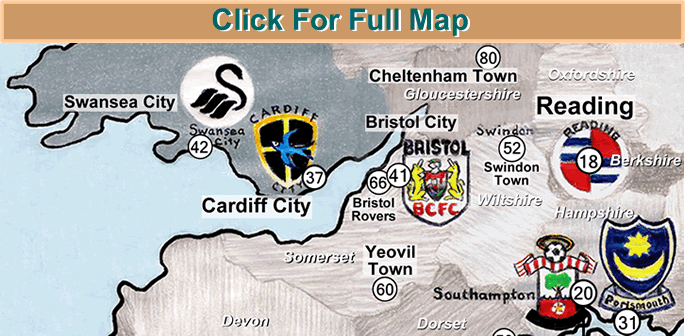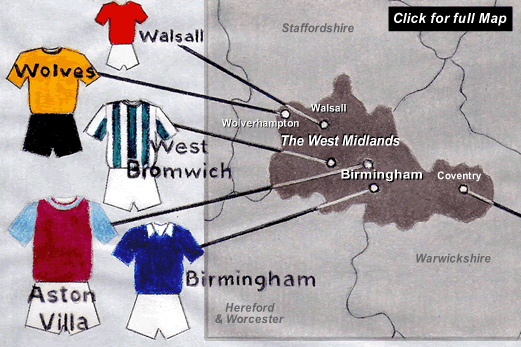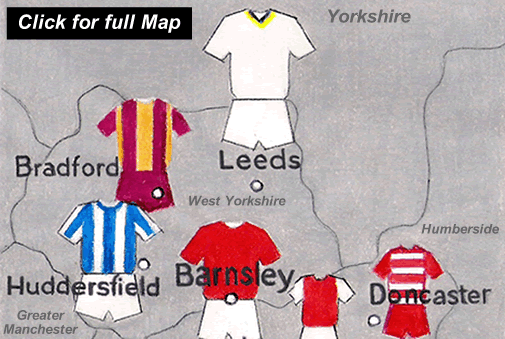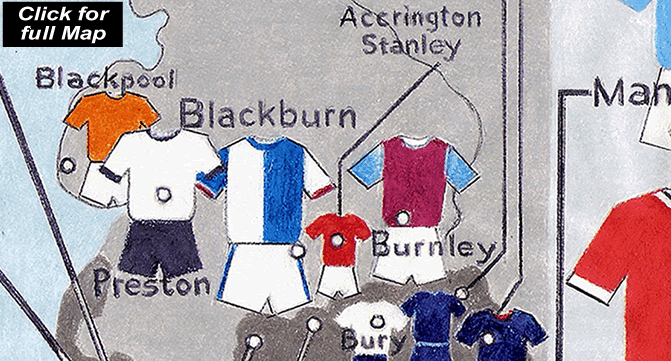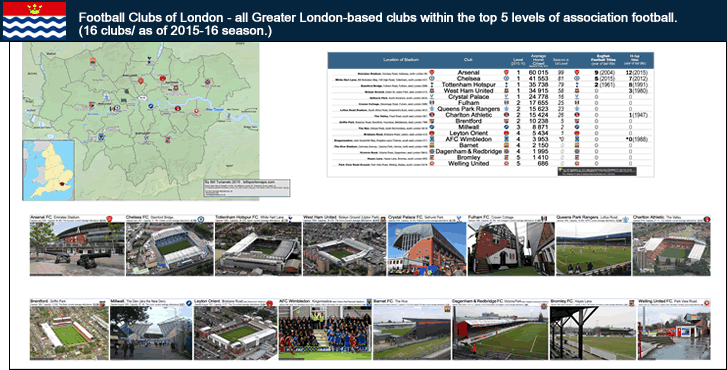
Football Clubs of London (all Greater London-based association football clubs in the top 5 divisions of football in England – 16 clubs): location-map with current average attendances
…
…
Links…
-London (en.wikipedia.org).
-Football clubs of London (top 8 divisions)…Football in London (en.wikipedia.org).
-A recent article on football in London, from the Two Unfortunates site…Football Cities: London (on 9 Nov.2015, by Rob Langham at thetwounfortunates.com).
-London Photos Archive (londontopia.net).
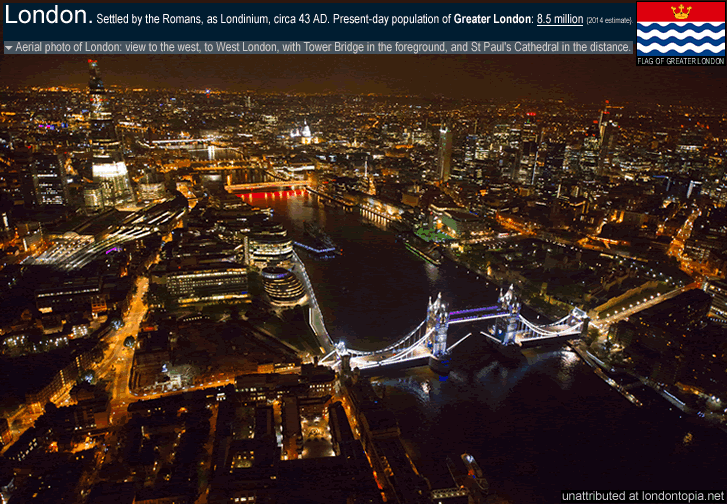
Photo credit above – unattributed at londontopia.net.
-
Map of the Football Clubs of London
(all Greater London-based association football clubs in the top 5 divisions of football in England – 16 clubs)
By Bill Turianski on 18 December 2015; twitter.com/billsportsmaps.
Update: Welling United were relegated out of the 5th division in May 2016. Sutton United, of south-west London, were promoted to the 5th division in May 2016. If you are curious to see where Sutton Utd are located, click on the following, 2016–17 [Non-League] National League (aka the Conference) [5th division England], map w/ 15/16-crowds-&-finish./+ features on the 4 promoted clubs (Solihull Moors, North Ferriby United, Sutton United, Maidstone United).
Three clubs who will be moving to new grounds in the very-near or somewhat-near future (West Ham Utd, Brentford, AFC Wimbledon)…
On the map, I have included the details of the West Ham United stadium move. {See this, Boleyn becomes bygone: West Ham’s Upton Park upheaval a sign of the times (by Daniel Taylor, on 28 Nov.2015, at theguardian.com/football/blog).} The map has also been be updated with respect to Brentford’s new ground, now that it is 100% certain that Brentford will begin construction on their proposed new stadium, approximately 1.5 km E of Griffin Park. {See this, Go-ahead for Brentford FC stadium and 650 homes (on 14 Dec.2015, at constructionenquirer.com)./ Also see this, Brentford take significant step towards Lionel Road stadium as Hounslow Council activate CPO (getwestlondon.co.uk by Tom Moore from 2 Aug. 2016).} Similarly, the map has been updated now that fan-owned AFC Wimbledon has won council approval for their new ground and their return, east, near-to Wimbledon, in Merton. {See this, Go-ahead for new stadium – AFC Wimbledon is ‘delighted’ that Merton Council has approved the club’s plans to build a new stadium in the borough (on 12 Dec.2015, at thedonstrust.org).} AFC Wimbledon had recently secured a cash-raise-sale of their Kingsmeadow ground in south-west London, in order to fund their planned new stadium in Merton. {See this, AFC Wimbledon close on new stadium near Plough Lane after Chelsea sale (by David Conn, on 17 Nov.2015, at theguardian.com/football).}
Map of London-based football clubs (top 5 divisions/16 clubs)…
The map shows the locations of the football grounds of the 16 clubs. The grounds’ names are listed next to small crests of the clubs. To best view an enlarged map-section, I recommend clicking on the white-shaded City of London (right in the center of the map)…that should give you an enlarged map-section which includes all 16 clubs. I have included a few extra details for the Greater London map – the aforementioned City of London’s small confines are noted, as are the locations of the following: Regent’s Park; Hyde Park, Parliament [Westminster]; Trafalgar Square (in Westminster), Wembley Stadium (in north-west London); the Royal Observatory, Greenwich [home of 0 degrees longitude (the Prime Meridian), and Greenwich Mean Time]; and the Dartford Crossing. (The Dartford Crossing is a vital and heavily-traveled dual-tunnel/bridge crossing located on the River Thames just east of Greater London, which connects Dartford, Kent to Thurrock, Essex, and is the only fixed-road crossing of the Thames east of Greater London; the busiest estuarial crossing in the UK, it services around 130,000 vehicles daily). The four largest municipalities adjacent to Greater London are also noted (the Medway Towns [incl. Gillingham] in Kent, Southend-on-Sea in Essex, Slough in Berkshire, and Watford in Hertfordshire). Some other municipalities adjacent to Greater London are also listed, mainly to point out the closest-to-Greater-London clubs (Watford in Herts, home of Watford FC/1st Div/Premier League club; Borehamwood in Herts, home of Boreham Wood FC/5th Div club; and Dartford in Kent, home of Dartford FC/5th Div club). Though not officially located in Greater London, these 3 clubs could be considered de-facto Greater London clubs, owing to proximity and road-and-rail-connections to central London.
My first map of London teams was posted 6 years ago…
The first time I covered this topic – in mid-December of 2009 – it was a quick decision, a very-hastily-made map, and a swift posting {here, Football Clubs of Greater London, 2009-10 season [top 5 divisions/15 clubs]}. Then, through the past 6 years, that Dec. 2009 map-&-post of the Football Clubs of London has become my most-viewed map. (That is because lots of football fans from all over the world Google-search with queries such as “football teams in london [Image search]“, or “london football clubs [Image search]“.)
So I figured it was high time I re-visited this topic. Hayes & Yeading FC are no longer on the map (they are a 6th Division club now), while two South London clubs – Bromley FC and Welling United FC – have progressed to the 5th Division and are now featured on the new map here. This time, in addition to listing each of the featured clubs’ total-seasons-in-1st-division and major-titles-(w/-last-title-listed), the map page now includes a photo of each club’s stadium. Some of the stadium-photos I selected are aerial shots of the stadiums, some of the photos are exterior shots, and some are interior and interior-game-action shots…basically I just selected the coolest-looking photo I could find for each club’s ground. The stadium-photos at the foot of the map page are arranged left-to-right/top-to-bottom by average home league attendance figures [current attendance figures to 13 Dec.2015/sources linked to at the foot of this post]. Date of the stadium’s opening & stadium capacity is listed in the caption-box above each club’s stadium-photo. The chart at the right-hand side of the map page is also ranked from highest-drawing-London-club-in-top-5-divisions (Arsenal) to lowest-drawing-London-club-in-top-5-divisions (Welling Utd).
Oh, and in case you are wondering, there is one Greater-London-based club, in the current-6th Div/National League South, that has a decent shot at gaining promotion to the 5th Level, and that is Sutton United, who are located in South London and currently [18 Dec.2015] are in the play-off places in fourth.
Update: Sutton United did win promotion to the 5th division. Here is a recent map-and-post (Aug 2016) I made which has the location of and information about Sutton United, 2016–17 [Non-League] National League (aka the Conference) [5th division England], map w/ 15/16-crowds-&-finish./+ features on the 4 promoted clubs (Solihull Moors, North Ferriby United, Sutton United, Maidstone United).
___
Thanks to all at the following links below…
Photo credits on the map page -
-Arsenal (Emirates Stadium), exterior entrance with cannons in foreground, photo by Ronnie Macdonald at File:Emirates Stadium -canons.jpg.
-Chelsea (Stamford Bridge), aerial photo by Tom Shaw/Getty Images Europe via zimbio.com.
-Tottenham (White Hart Lane), exterior roof-top view of stadium, photo unattributed at tottenhamhotspur.wikia.com/wiki/White_Hart_Lane.
-West Ham Utd (Boleyn Ground aka Upton Park), aerial photo by Tom Shaw/Getty Images Europe via zimbio.com.
-Crystal Palace (Selhurst Park), photo of exterior of Holmesdale Road Stand, by Rosella Scalia at thecroydoncitizen.com [article: The road to Selhurst Park, by Rosella Scalia].
-Fulham (Craven Cottage), photo of the actual Craven cottage there at the ground, unattributed at premierleague.com/fulham.
-Charlton Athletic (The Valley), aerial photo by Mark Fosh at File:Charlton Athletic football ground.jpg.
-Queens Park Rangers (Loftus Road), interior of the ground during a match (action shot), photo by Lee Abbamonte at leeabbamonte.com/sports-weekend-in-london.
-Brentford (Griffen Park), aerial photo by David Levene at theguardian.com/travel/interactive/2013/mar/15/brentford-football-club-pub-each-corner-interactive.
-Millwall (The New Den), street-level exterior photo of the New Den, photo by fussballinlondon.de [Millwall/The Den].
-Leyton Orient (Brisbane Road), aerial photo by Tom Shaw/Getty Images Europe via zimbio.com.
-AFC Wimbledon (Kingsmeadow aka Cherry Red Records Stadium), photo unattributed at getwestlondon.co.uk/afc-wimbledon-2014-15 .
-Barnet (The Hive), photo taken from the Jubilee line by Paul50, uploaded by Dave H at onlybarnet.com/forum/viewtopic.php?f=3&t=5329&start=570 [thread: The Hive ground].
-Dagenham & Redbridge (Victoria Road aka Chigwell Construction Stadium), photo by Rambler1977 via stadiumdb.com/stadiums/eng/victoria_road.
-Bromley (Hayes Lane), photo from stadien-in-baden-wuerttemberg.de/England.
-Welling Utd (Park View Road), photo by the Onion Bag.blogspot.com [Saturday 26th February - Conference South Welling United 1 v Weston-Super-Mare 0.] (onion-bag.blogspot.com).
Also, Thank You, to…
-All who contributed to…Football in London (en.wikipedia.org).
-Nilfanion…Blank relief map of Greater London, by Nilfanion (using UK Ordnance Survey data), at File:Greater London UK relief location map.jpg.
-Soccerway.com: attendances on map page are from from soccerway.com.
-Non-League clubs’ attendances from NonLeagueMatters.co.uk.
-Lanterne Rouge at the Two Unfortunates, for the great article on football in London circa 2015 and for re-tweeting recent tweets from @billsportsmaps.
-Àxel Aguilar, @aguilaraxel, for several re-tweets and for solid advice this year – he told me i needed a better banner at twitter :l (he was right).
-Martín Donato, @martindonato, for several re-tweets and recommends, etc.
Happy Holidays & best wishes for 2016, to all who visit here.
